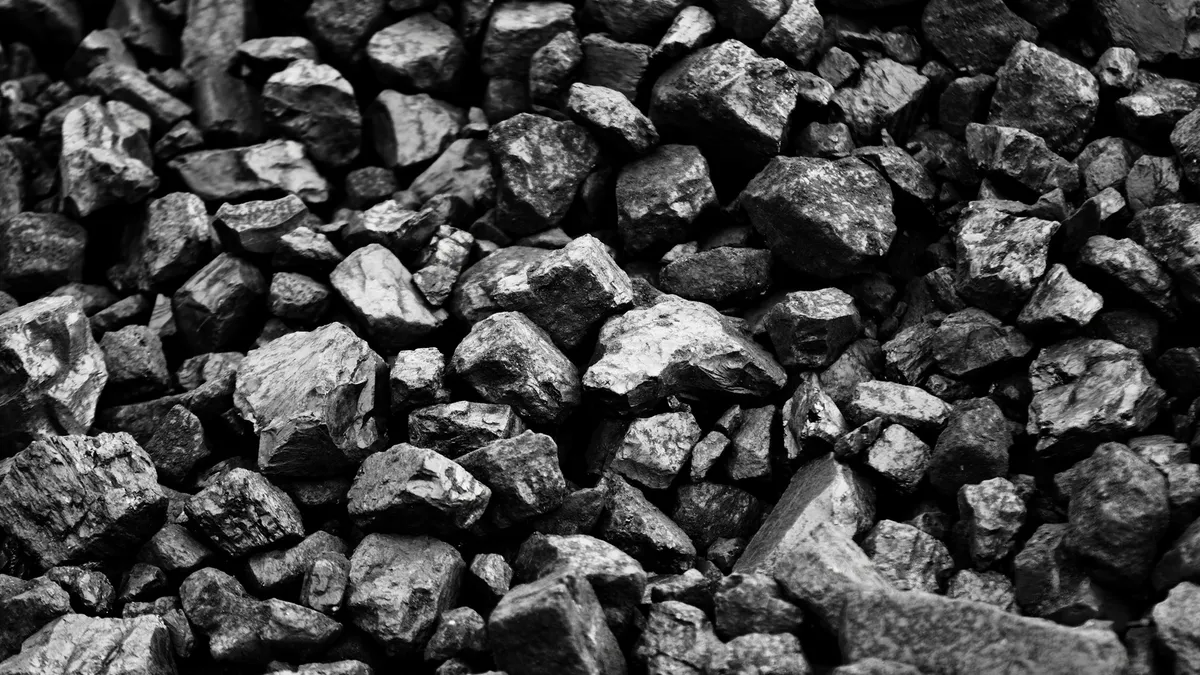Dive Brief:
- Strong power demand and higher natural gas prices will likely drive coal consumption 1.2% higher this year according to estimates by the U.S. Energy Information Administration.
- In its Short Term Energy Outlook, EIA estimated the United States will consume 936 million short tons (MMst) of coal this year, compared with 925 MMst in 2013 and 889 MMst in 2012.
- But coal consumption is projected to fall by 1.2% in 2015, as retirements of coal power plants rise in response to the implementation of the Mercury and Air Toxics Standards. A slowdown in power sales growth and a stabilizing in gas prices will also play a part.
Dive Insight:
Coal consumption will rise 1.2% this year before declining back to 2013 levels, the U.S. Energy Information Administration said. "Higher electricity demand and higher power sector natural gas prices are contributing to an increase in electric power sector coal consumption this year," the agency said in its Short Term Energy Outlook.
On the power side, EIA said total U.S. electricity retail sales, which increased by 0.2% in 2013, are expected to grow by 0.9% and 0.7% in 2014 and 2015, respectively.
Residential power sales this year will be about 1.5% higher than 2013, "driven primarily by high consumption during the winter months earlier in the year. EIA expects relatively flat residential sales during 2015 as weather returns closer to normal levels," the agency said.
Nuclear plant outages during October 2014 averaged 9% more than in October 2013, as some plants on 18-month schedules refueled their units and performed other maintenance. EIA notes the Vermont Yankee nuclear facility will only be operating for another month or two before beginning the process of retiring.
"The closure of this plant will have a measureable impact on the mix of fuels used for supplying electricity to the region," EIA said, noting that "in recent years, the electricity industry in New England has been moving toward natural gas as a primary fuel for power generation, along with increased imports of hydroelectricity from Canada."













